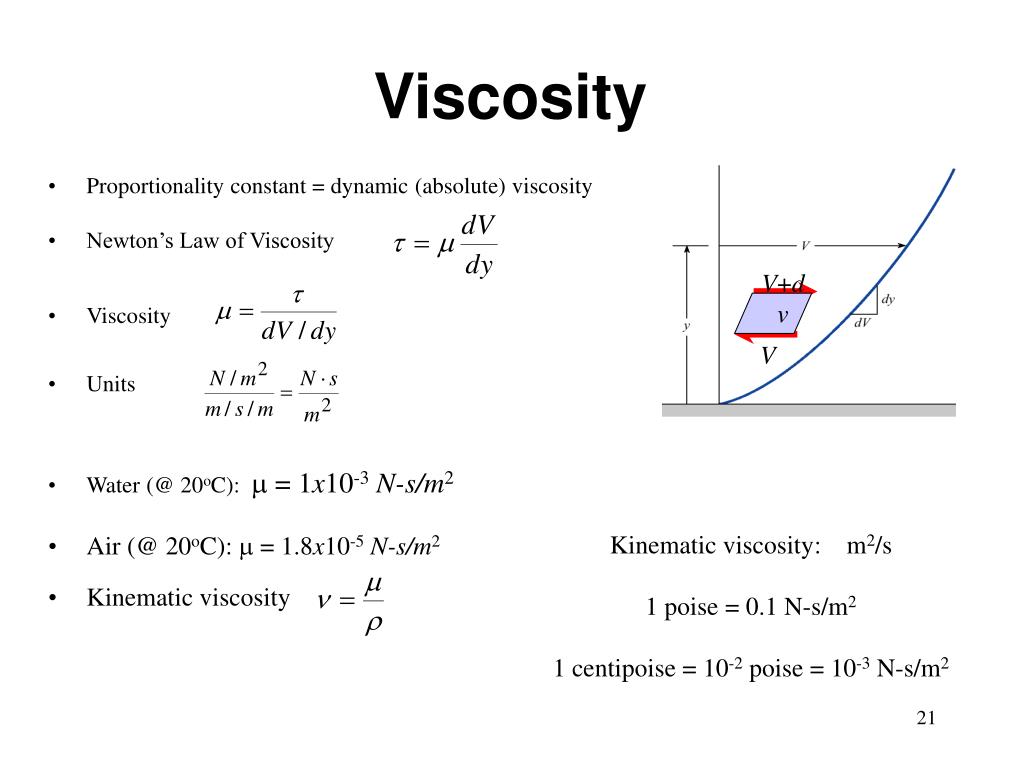

Viscous force is the name for the force caused by viscosity. The characteristic of liquids known as viscosity prevents relative motion between its many layers. The characteristic of liquids that stops them from spreading is their viscosity. This occurs as a result of the two fluids' differing viscosities. Honey would require more time to shape the bowl than water would. Let's say someone had two bowls, one of which is filled with water and the other with honey. Ideal or inviscid fluids are those with no viscosity. Superfluids are the only fluids that exhibit zero viscosity, or no resistance to shear stress in all other fluids, positive viscosity is required by the second law of thermodynamics. For instance, the rate of deformation does not affect the viscosity of a Newtonian fluid. In some circumstances, the dependence on some of these traits is minimal. In general, a fluid's state-including its temperature, pressure, and rate of deformation-determines its viscosity. This friction caused by a fluid moving against it is comparable to internal friction, which is comparable to friction caused by a solid moving against a surface. The majority of this liquid has some motion resistance and is not ideal.

When the liquid layers are moving relative to one another, there is viscosity. The assessment of a fluid's resistance to a progressive deformation caused by tensile or shear stress is known as viscosity. It is possible to think of viscosity as the friction that occurs between fluid molecules. A molecule's kinetic energy increases with increasing temperature, which causes molecules to slide past one another between layers. A liquid's viscosity reduces as its temperature rises. Viscosity quantifies the obstruction to a liquid's flow that results from internal frictions between fluid layers. Viscosity is also present in gases, but it is less obvious in everyday situations. A fluid with low viscosity, on the other hand, flows smoothly because its molecular structure causes less friction when it is in motion. Strong intermolecular forces provide a lot of internal friction in a fluid with a high viscosity, which makes it difficult for layers to move past one another. The term "viscosity" can also be used to describe a fluid's thickness or resistance to being penetrated by foreign objects. More specifically, it measures flow resistance brought on by internal friction between fluid layers that occur when they pass one another during fluid flow. We refer to this resistance to motion that most fluids provide as "viscosity." When there is relative motion between the fluid's layers, viscosity develops.


 0 kommentar(er)
0 kommentar(er)
